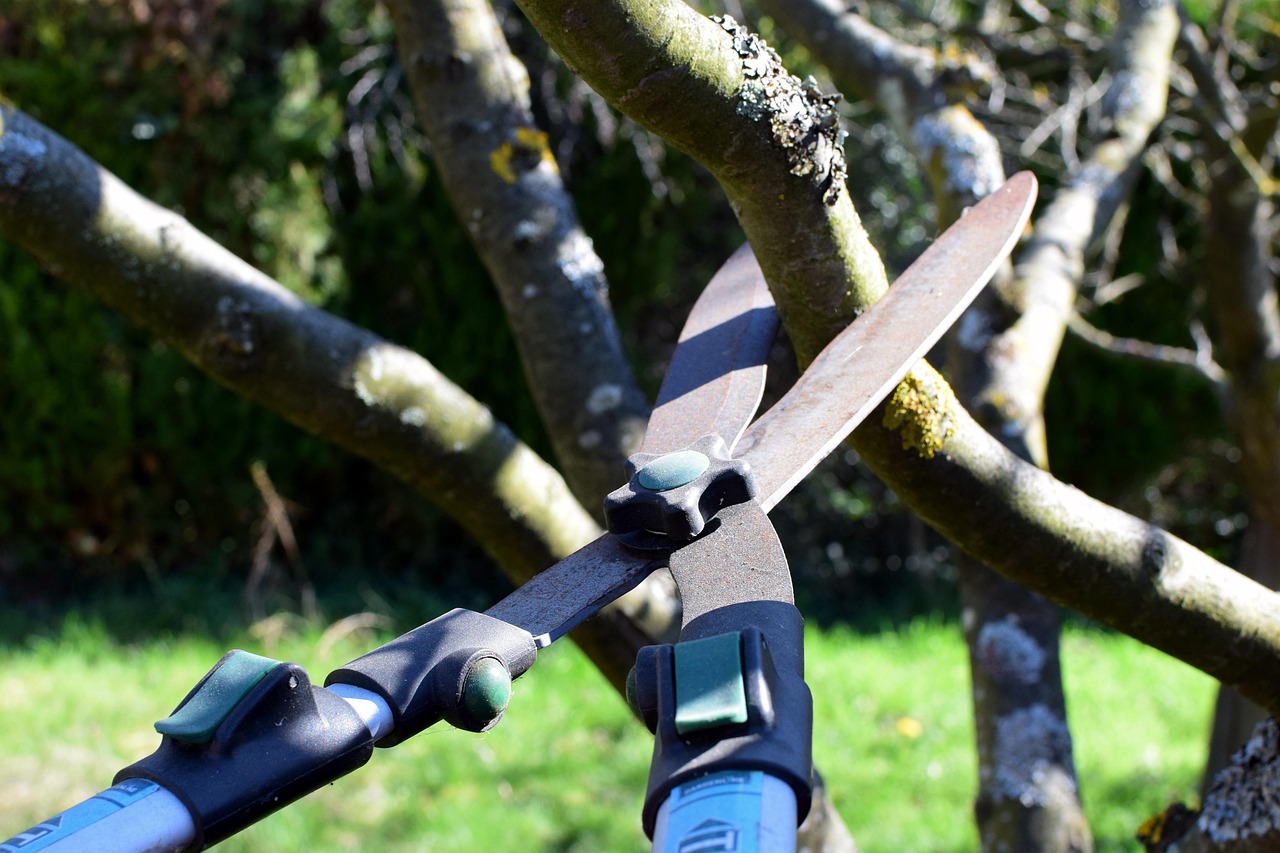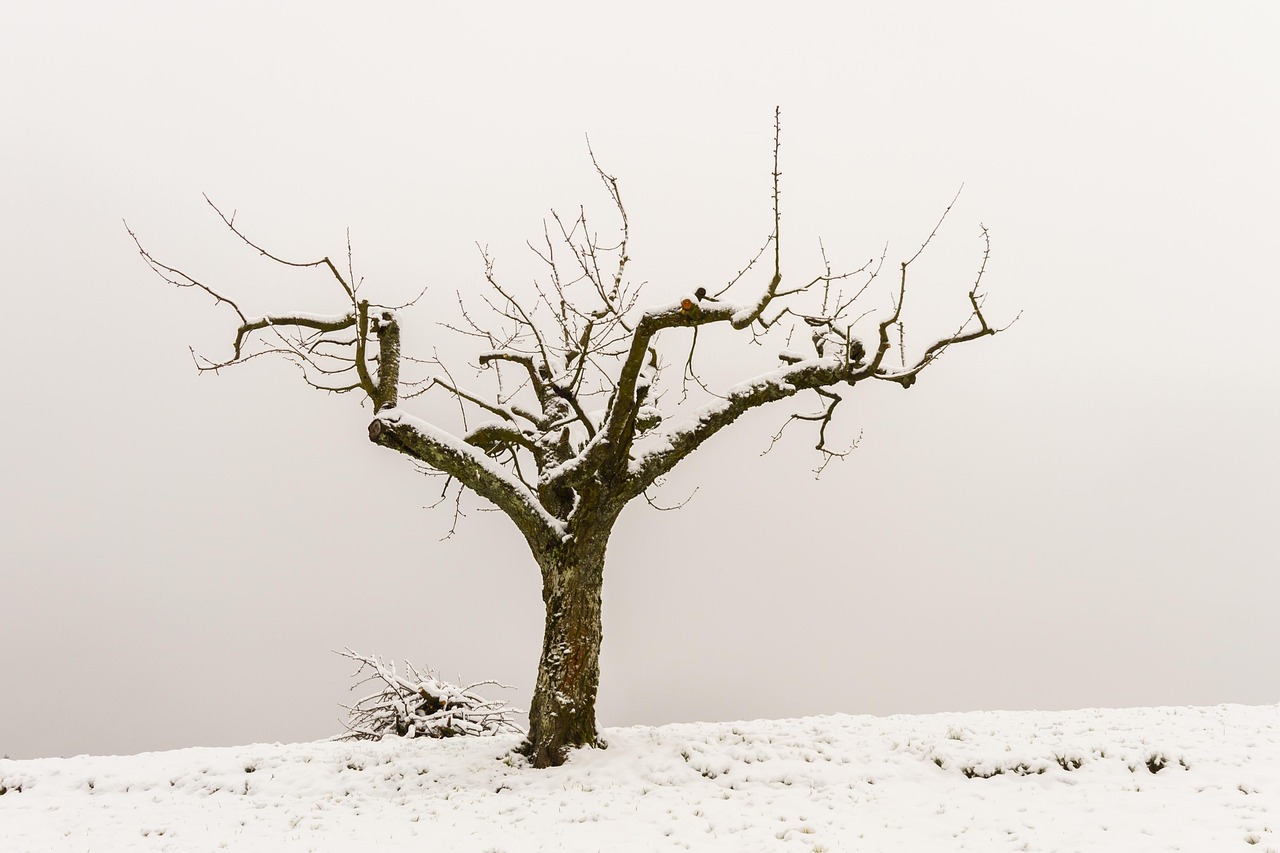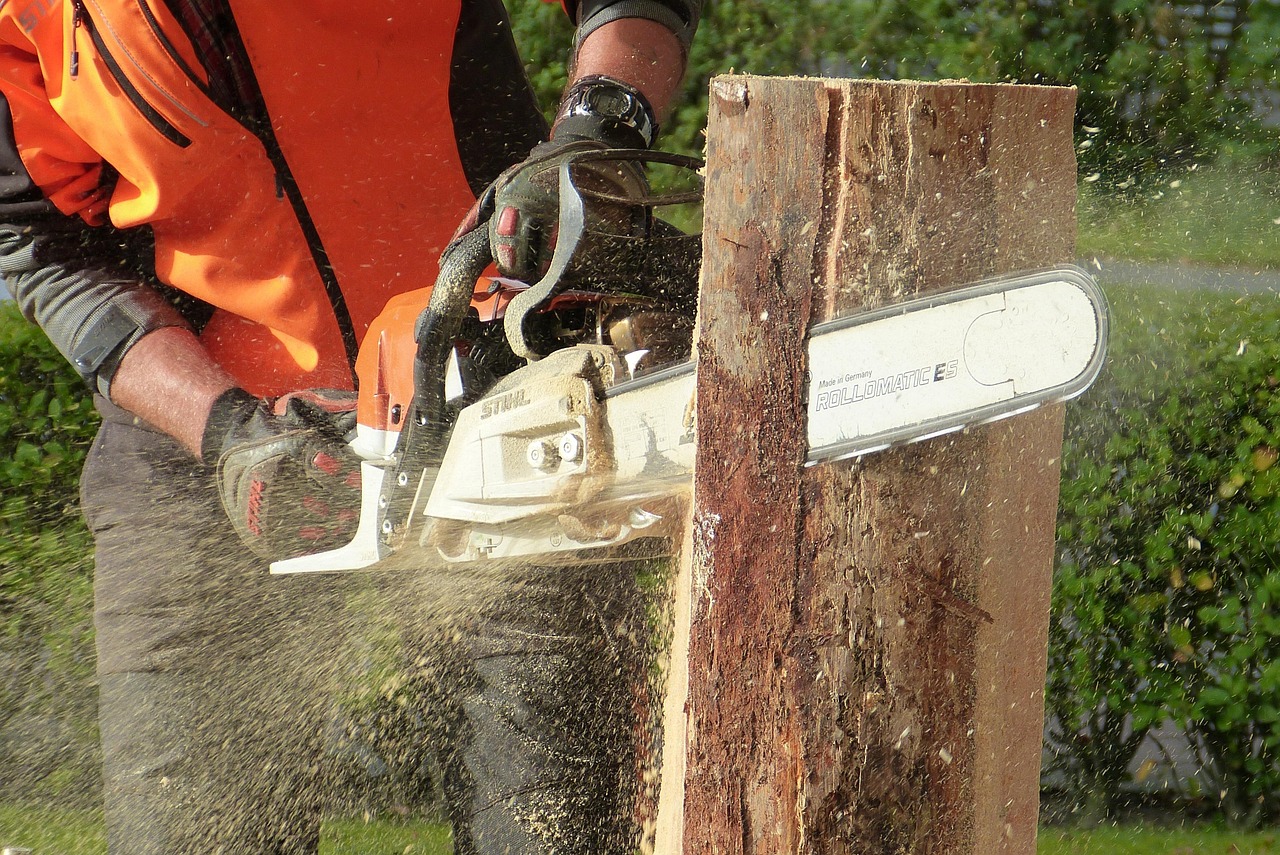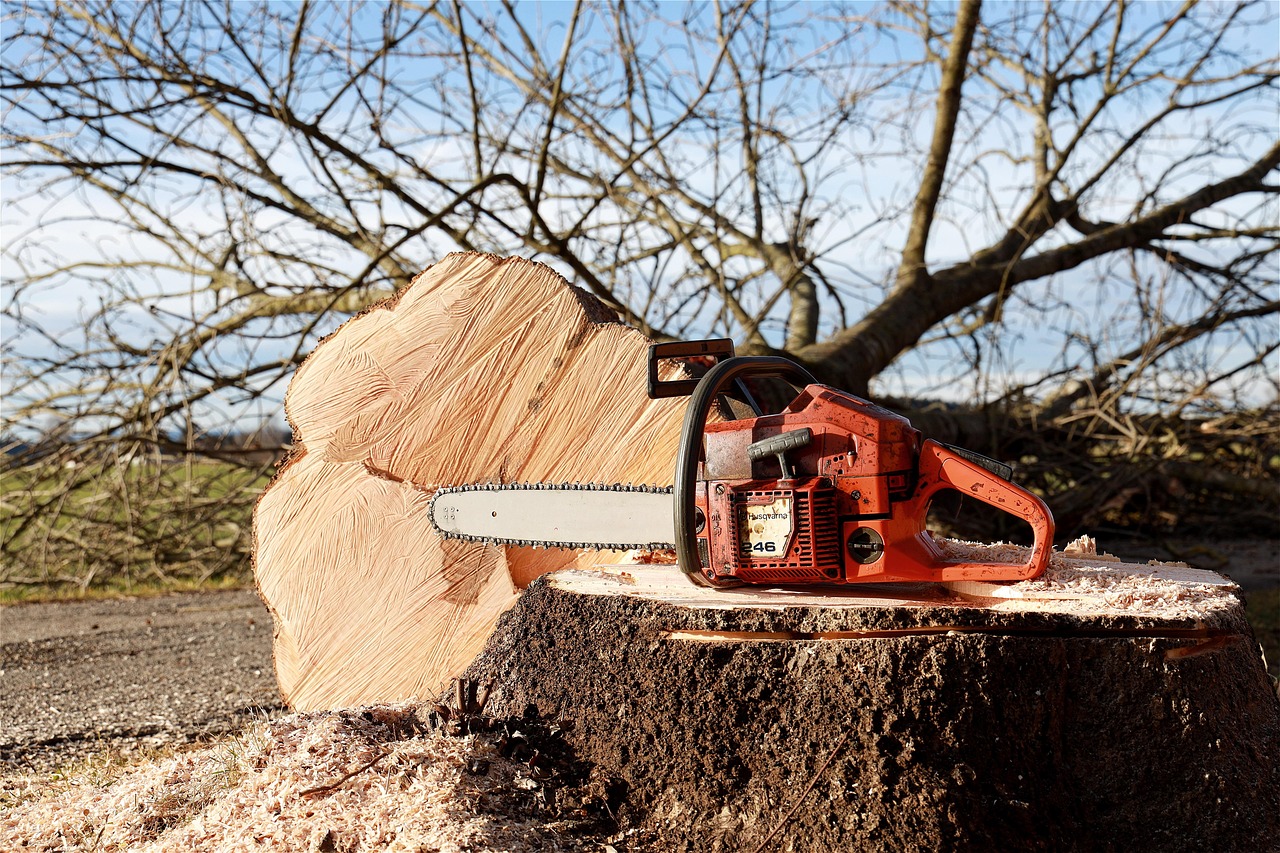Tree pruning and removal services near your location provide essential care for trees, enhancing their health and aesthetics. These services help maintain safety by removing hazardous branches and trees while promoting growth through proper pruning techniques.
Trees are a vital part of our ecosystem. They provide shade, improve air quality, and add beauty to our surroundings. However, like all living things, trees require care and maintenance. Regular pruning is crucial for their health. It helps remove dead or diseased branches, encourages new growth, and improves the tree’s overall structure. In some cases, tree removal becomes necessary due to disease, damage, or safety concerns.

Choosing the right service for tree pruning and removal can be challenging. Various factors come into play, such as the type of tree, its size, and the location of your property. Understanding these factors can help you make informed decisions about tree care.
Understanding Tree Pruning
Tree pruning involves selectively removing branches to promote healthy growth. This process can be beneficial in several ways:
- Health Improvement: Removing dead or diseased branches prevents the spread of disease to other parts of the tree.
- Shape Maintenance: Pruning helps maintain the desired shape and size of the tree.
- Safety Enhancement: Removing low-hanging branches can prevent accidents and improve visibility.
- Increased Sunlight: Pruning allows sunlight to reach more parts of the tree and surrounding plants.
The best time for pruning varies by tree species. Generally, late winter or early spring is ideal before new growth starts. However, some trees may benefit from summer pruning to remove unwanted growth.

When to Consider Tree Removal
There are instances where tree removal is necessary. Identifying these situations early can save you time and money:
- Severe Damage: Trees damaged by storms or pests may need removal if they pose a risk.
- Disease: Trees suffering from serious diseases may need to be removed to protect nearby plants.
- Overcrowding: When trees grow too close together, they may compete for resources and may need removal for healthier growth.
- Safety Concerns: Trees that threaten homes or power lines should be evaluated for removal.
Before deciding on tree removal, it is essential to assess the situation thoroughly. Consulting with professionals can provide insights into whether a tree can be saved or if removal is the best option.
Choosing a Tree Service Provider
Selecting a reliable tree service provider is crucial for effective pruning and safe removal. Here are some key considerations:

- Certification: Look for companies that have certified arborists on staff. This ensures that they have the necessary knowledge and expertise.
- Insurance: A reputable service should carry liability insurance to protect you in case of accidents.
- Experience: Choose a provider with a proven track record in your area. Experience can significantly affect the quality of work.
- References: Ask for references or read online reviews to gauge customer satisfaction.
Once you narrow down potential providers, request quotes and compare their services. This step will help ensure you find a service that fits your budget while meeting your needs.
Cost Factors in Tree Pruning and Removal
The cost of tree pruning and removal varies widely based on several factors:
| Factor | Description |
|---|---|
| Tree Size | Larger trees typically cost more to prune or remove due to the additional labor and equipment required. |
| Location | Trees near structures or power lines may require specialized equipment and safety measures, increasing costs. |
| Tree Health | Diseased trees may require more time and care to safely remove, impacting the overall price. |
| Season | Demand for services can fluctuate with seasons, potentially affecting pricing. |
Understanding these factors will help you prepare for the potential costs associated with tree care. It is wise to have an open discussion with your chosen provider about their pricing structure before any work begins.

In summary, tree pruning and removal are essential services that promote safety and enhance the beauty of your property. By understanding when to prune or remove a tree, how to choose a service provider, and what factors influence costs, you can make informed decisions about your landscape care.
Benefits of Professional Tree Services
Engaging professional tree pruning and removal services offers numerous benefits that go beyond simple aesthetics. Understanding these advantages can help homeowners make informed decisions about their tree care needs.
- Expert Knowledge: Professionals possess extensive training and experience. They understand various tree species and their specific care requirements.
- Safety First: Tree work can be dangerous. Professionals use proper safety equipment and techniques to minimize risks, especially with large or damaged trees.
- Enhanced Tree Health: Proper pruning techniques can significantly improve a tree’s health and longevity, allowing for better growth and vitality.
- Time Efficiency: Professionals can complete tree work more quickly than an untrained individual, saving homeowners time and effort.
Each of these factors contributes to the overall health of your landscape. Relying on professionals ensures that trees receive the best care possible while reducing potential hazards.
Common Tree Pruning Techniques
Understanding common pruning techniques can help homeowners know what to expect from professional services. Here are some widely used methods:
- Crown Thinning: This technique involves selectively removing branches to increase light penetration and air circulation within the tree’s crown.
- Crown Lifting: Crown lifting removes lower branches to provide clearance for pedestrians and vehicles, enhancing safety and accessibility.
- Crown Reduction: This method reduces the height and spread of a tree while maintaining its natural shape. It is helpful for trees that are too close to structures.
- Deadwooding: Removing dead or dying branches is essential for the overall health of the tree, preventing disease spread and improving appearance.
Each technique serves a specific purpose, addressing different tree health and safety needs. A qualified arborist will choose the appropriate method based on the individual tree’s condition and location.
Signs Your Tree Needs Attention
Being aware of signs that indicate a tree may need pruning or removal is crucial for maintaining a healthy landscape. Here are some key indicators:
- Dead Branches: If branches show no signs of life or growth, they should be removed to prevent disease spread.
- Leaning Trunks: A tree that leans significantly may be unstable and at risk of falling, requiring immediate attention.
- Pests or Fungi: The presence of pests or fungal growth on the trunk or branches suggests that the tree may be unhealthy.
- Cracks in the Trunk: Visible cracks or splits can indicate structural weaknesses, necessitating evaluation by a professional.
If you notice any of these signs, it is essential to consult with a tree care professional. Early intervention can prevent further damage and protect your property.
The Environmental Impact of Tree Care
Caring for trees is not just beneficial for individual properties; it also has significant environmental implications. Here are some positive effects of proper tree pruning and removal:
- Biodiversity Support: Healthy trees provide habitats for various wildlife species, contributing to local biodiversity.
- Air Quality Improvement: Trees play a critical role in filtering pollutants from the air, improving overall air quality in urban areas.
- Climate Regulation: Trees absorb carbon dioxide, helping mitigate climate change effects by acting as carbon sinks.
- Soil Erosion Prevention: Well-maintained trees help stabilize soil with their root systems, reducing erosion risks during heavy rains.
By investing in professional tree services, homeowners contribute to a healthier environment while enhancing their own properties. This dual benefit underscores the importance of responsible tree care.
DIY Tree Care Tips
While professional services are invaluable, some homeowners prefer to engage in DIY tree care. Here are some tips for effective home tree maintenance:
- Regular Inspections: Frequently check your trees for signs of disease or damage. Early detection is key to successful intervention.
- Proper Watering: Ensure trees receive adequate water, especially during dry periods. Deep watering encourages strong root systems.
- Avoid Over-Pruning: Excessive pruning can harm trees. Always follow guidelines on how much to prune based on species and health.
- Mulching: Applying mulch around the base of trees helps retain moisture and suppress weeds, promoting healthier growth.
Implementing these simple practices can significantly enhance the health of your trees. However, for more complex tasks like extensive pruning or removal, it is always best to consult professionals.
The Role of Technology in Tree Care
Advancements in technology have revolutionized tree care services. Here are some examples of how technology is making a difference:
- Drones: Drones are used to assess large areas of land, providing aerial views of trees that help in evaluating overall health.
- Tree Inventory Software: Many companies utilize software for managing tree inventories, which assists in planning maintenance schedules effectively.
- Sensors: Soil moisture sensors can help determine when trees need watering, ensuring optimal health without overwatering.
This technological integration enhances efficiency and effectiveness in tree management practices. As technology continues to evolve, it will likely lead to even better solutions for tree care in the future.
Tree Care Regulations and Best Practices
Tree care is not just about maintaining the health of your trees; it also involves adhering to regulations that protect both the environment and public safety. Understanding local laws and best practices is essential for responsible tree management.
Local Regulations
Many municipalities have specific regulations regarding tree pruning and removal. These regulations may include:
- Permitting Requirements: Some areas require permits for removing trees, especially large or protected species. Always check local guidelines before proceeding with tree work.
- Protected Tree Species: Certain trees may be classified as protected. Removing or harming these trees can result in fines or legal consequences.
- Tree Canopy Coverage: Some regions have laws aimed at maintaining a specific percentage of tree canopy coverage in urban areas, promoting environmental health.
Familiarizing yourself with local regulations ensures compliance and helps preserve the natural landscape. Consulting with a local tree service provider can also provide insights into specific rules in your area.
Best Practices for Tree Pruning and Removal
Following best practices is vital for effective tree care. Here are some key recommendations:
- Timing: Prune trees at the right time of year. Late winter or early spring is generally best for most species, while others may benefit from summer pruning.
- Use Proper Tools: Always use clean, sharp tools to make cuts. This minimizes damage to the tree and reduces the risk of disease.
- Avoid Topping: Topping trees can lead to long-term health problems. Instead, use proper reduction techniques to maintain shape without compromising health.
- Monitor Tree Health: Regularly check for signs of disease or pests. Early detection allows for timely intervention.
Implementing these best practices will ensure that your trees remain healthy and safe while enhancing your property’s appearance.
The Seasonal Impact on Tree Care
The changing seasons significantly affect tree care. Each season presents unique challenges and opportunities for maintaining tree health and appearance.
Spring
Spring is a critical time for tree growth and maintenance. As trees begin to bud and leaf out, consider the following:
- Pruning: Late winter or early spring is an ideal time for pruning many species before they start their growth cycle.
- Pest Inspection: Inspect trees for signs of pests or diseases that may have overwintered.
- Mulching: Apply mulch around the base of the trees to retain moisture as temperatures rise.
Summer
Summer often requires specific care to protect trees from heat stress and pests:
- Watering: Ensure trees receive adequate water during hot spells, particularly young or newly planted trees.
- Pest Management: Monitor for summer pests and apply treatments as necessary to prevent infestations.
- Crown Maintenance: Consider light pruning to remove any unwanted growth and promote air circulation.
Fall
As leaves begin to change color and drop, fall care becomes crucial:
- Leaf Cleanup: Rake leaves to prevent mold development and ensure healthy soil beneath the trees.
- Root Protection: Apply mulch to protect roots from freezing temperatures.
- Planting New Trees: Fall can be a great time to plant new trees while temperatures are cooler, allowing roots to establish before winter.
winter
Winter presents unique challenges for trees, but it is also an optimal time for certain maintenance tasks:
- Pruning: Many species can be pruned during dormancy in winter, reducing stress on the tree.
- Pest Prevention: Inspect for signs of winter pests and take preventative measures as necessary.
- Avoid Salt Damage: Be mindful of road salt applications near trees, as salt can damage roots and leaves.
Understanding how seasonal changes affect tree care can help homeowners adapt their maintenance strategies accordingly. This proactive approach contributes greatly to overall tree health and longevity.
The Importance of Soil Health
The health of your trees is closely linked to the quality of the soil in which they grow. Good soil health can significantly impact their growth, resistance to pests, and overall vitality.
Soil Composition
A healthy soil composition includes a balance of sand, silt, clay, and organic matter. Here are some aspects to consider:
- Nutrients: Essential nutrients like nitrogen, phosphorus, and potassium support tree growth. Conduct soil tests to determine nutrient levels and amend as necessary.
- Drainage: Proper drainage prevents root rot caused by waterlogged soil. Ensure that soil drains well to promote healthy root systems.
- pH Levels: Most trees prefer slightly acidic to neutral soils (pH 6.0-7.0). Adjusting pH levels can enhance nutrient availability.
Improving Soil Health
Here are some effective practices for improving soil health around your trees:
- Add Organic Matter: Incorporating compost or well-rotted manure enriches the soil with nutrients and improves structure.
- Avoid Compaction: Limit heavy traffic around tree roots to prevent soil compaction, which restricts root growth.
- Mulching: Applying mulch helps retain moisture, suppress weeds, and gradually adds nutrients as it decomposes.
Caring for soil health is an integral component of tree management that fosters strong, healthy trees capable of thriving in their environment.
Integrating Tree Care with Landscape Design
Tree care does not exist in isolation; it must be integrated into overall landscape design and maintenance. Understanding how trees fit into your landscape can enhance their health while improving the aesthetics of your property.
Choosing the Right Trees for Your Landscape
When selecting trees for your property, consider several factors that affect their success:
- Climate Compatibility: Choose species that thrive in your local climate. Native trees are often the best choice as they are adapted to local conditions.
- Space Availability: Consider the mature size of the tree. Ensure there is enough space for the tree to grow without interfering with structures or power lines.
- Soil Type: Assess the soil type and choose trees that will flourish in those conditions. Some trees prefer sandy soils while others do well in clay.
By selecting the right trees for your landscape, you can minimize maintenance needs while maximizing aesthetic appeal.
Combining Trees with Other Landscape Elements
Incorporating trees alongside other landscape features can create a harmonious environment. Here are some ideas:
- Flower Beds: Planting flowering shrubs and perennials around trees can enhance visual interest and provide a vibrant backdrop.
- Pathways: Positioning trees along pathways can create shaded areas, making outdoor spaces more enjoyable.
- Water Features: Trees can soften hardscape elements like patios or ponds, adding a natural feel to your landscape.
These combinations not only enhance the beauty of your property but also support biodiversity by providing habitats for various wildlife species.
Community Involvement in Tree Care
Community involvement plays a significant role in promoting tree health and urban forestry. Participating in local initiatives can strengthen community ties while enhancing the local environment.
Joining Local Tree Programs
Many communities have tree planting and care programs aimed at increasing green spaces. Consider getting involved in initiatives such as:
- Tree Planting Events: Participate in local tree planting days, which help increase canopy cover and improve air quality.
- Adopt-a-Tree Programs: Some cities offer programs where residents can adopt and care for specific trees in public spaces.
- Educational Workshops: Attend workshops or seminars on tree care and management to enhance your knowledge and skills.
Engaging with these programs fosters a sense of responsibility and stewardship for local ecosystems, benefiting both residents and wildlife.
Utilizing Professional Services Wisely
When seeking professional tree services, it is essential to approach the process wisely. Here are some tips for maximizing the benefits of hiring professionals:
- Get Multiple Quotes: When seeking tree services, obtain quotes from several companies to compare prices and services offered.
- Check Credentials: Verify that the service provider has the necessary certifications and insurance to perform tree work safely and legally.
- Ask About Techniques Used: Inquire about the pruning methods and equipment they use to ensure that they follow best practices.
This careful selection process will help ensure that you receive high-quality service that meets your specific needs without compromising safety or tree health.
Final Thoughts
Tree pruning and removal services are essential components of maintaining healthy and beautiful landscapes. Understanding the importance of these services enables homeowners to make informed decisions about tree care. From recognizing when a tree needs attention to understanding local regulations, every aspect contributes to effective management.
Caring for trees not only enhances individual properties but also supports community health and environmental sustainability. By integrating tree care practices into landscape design, participating in community initiatives, and utilizing professional services wisely, homeowners can create thriving green spaces that benefit everyone.
The knowledge shared within this article serves as a foundation for comprehensive tree management. Embrace these practices, and you will contribute positively to both your property and the broader environment.
